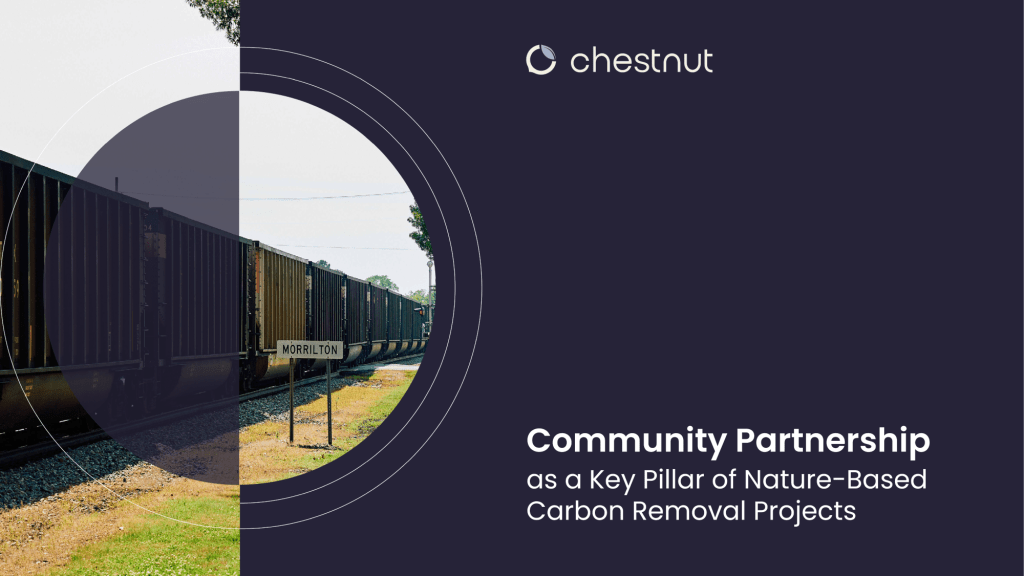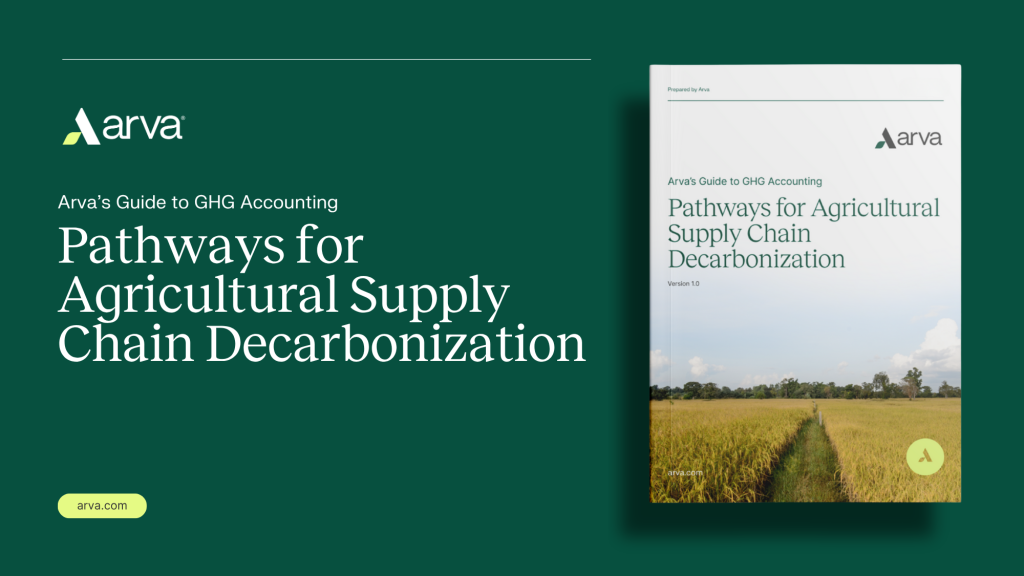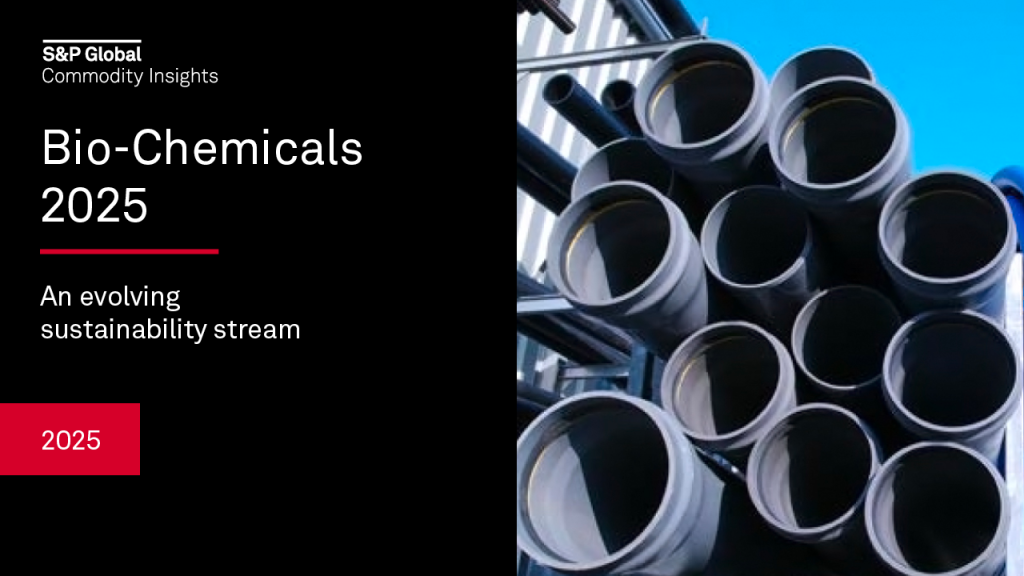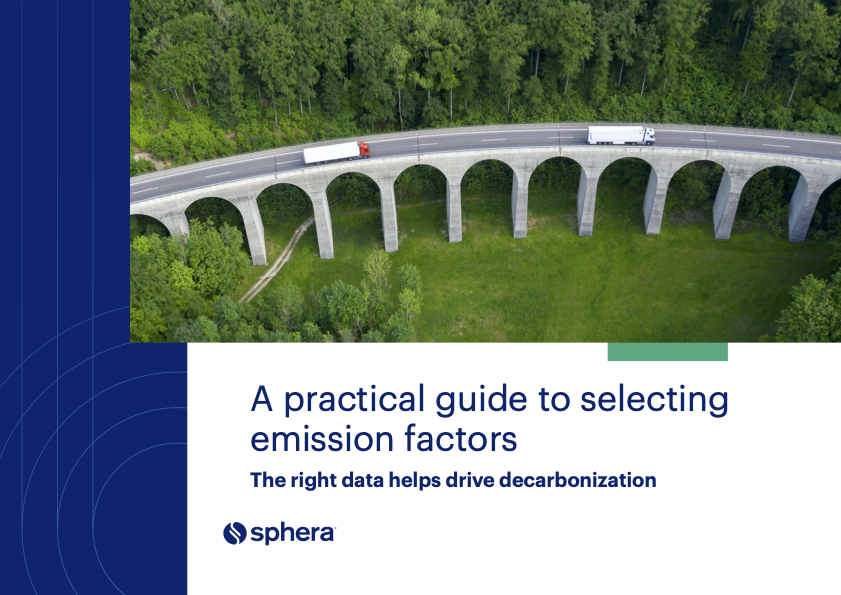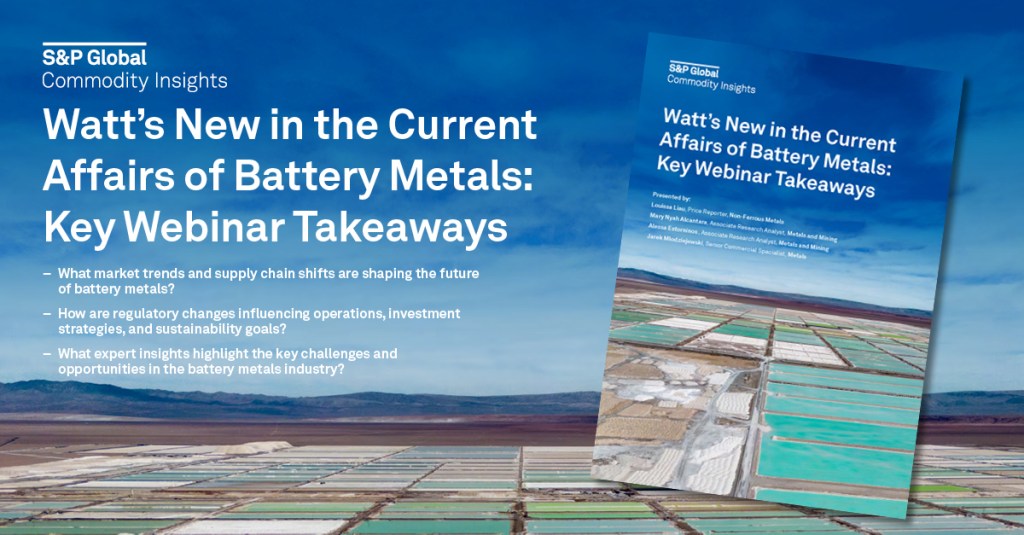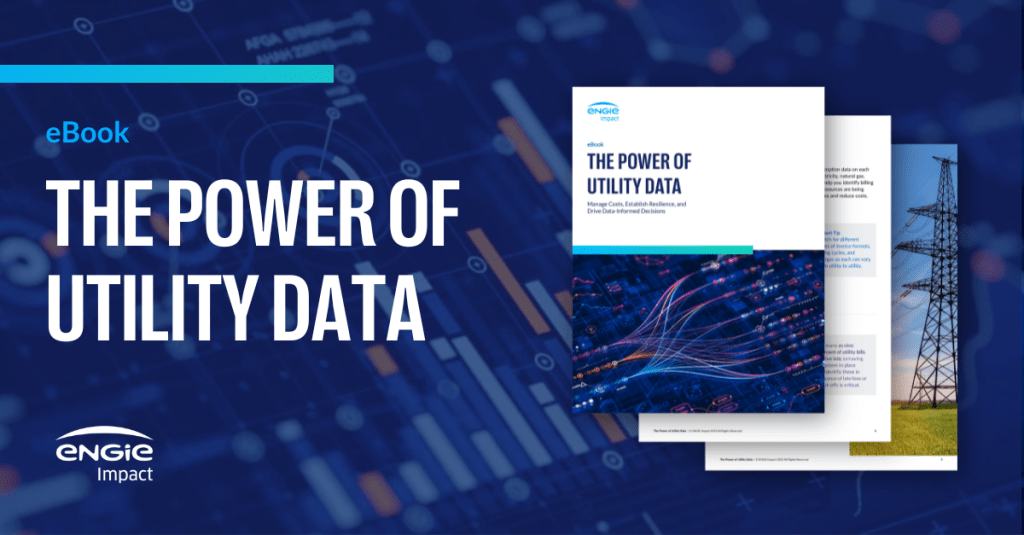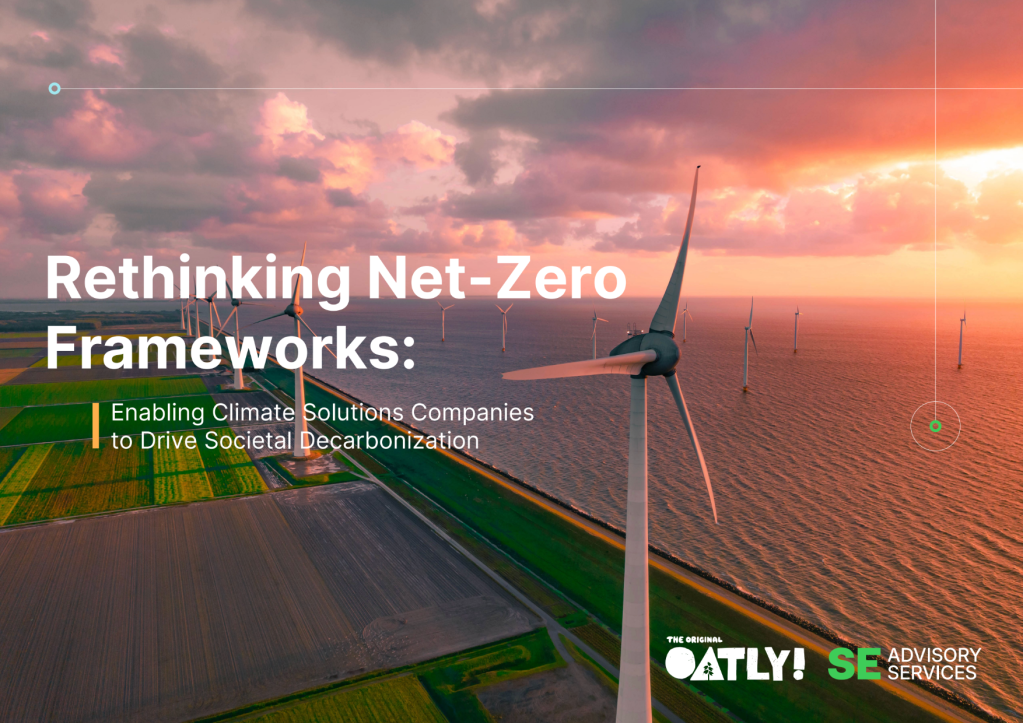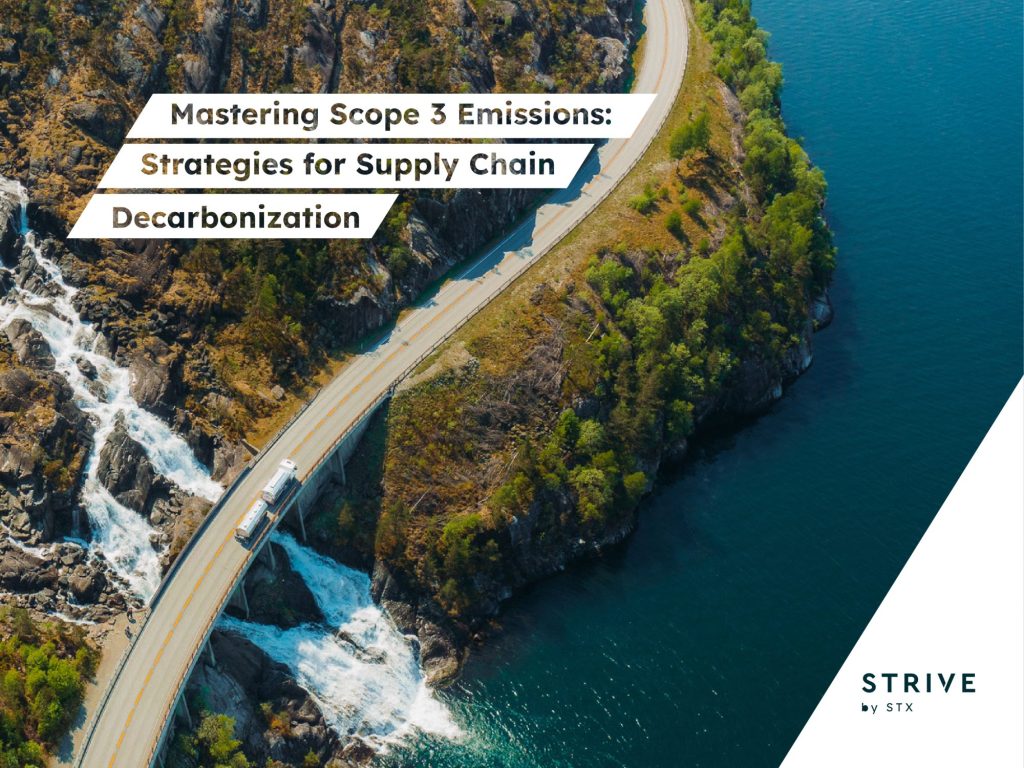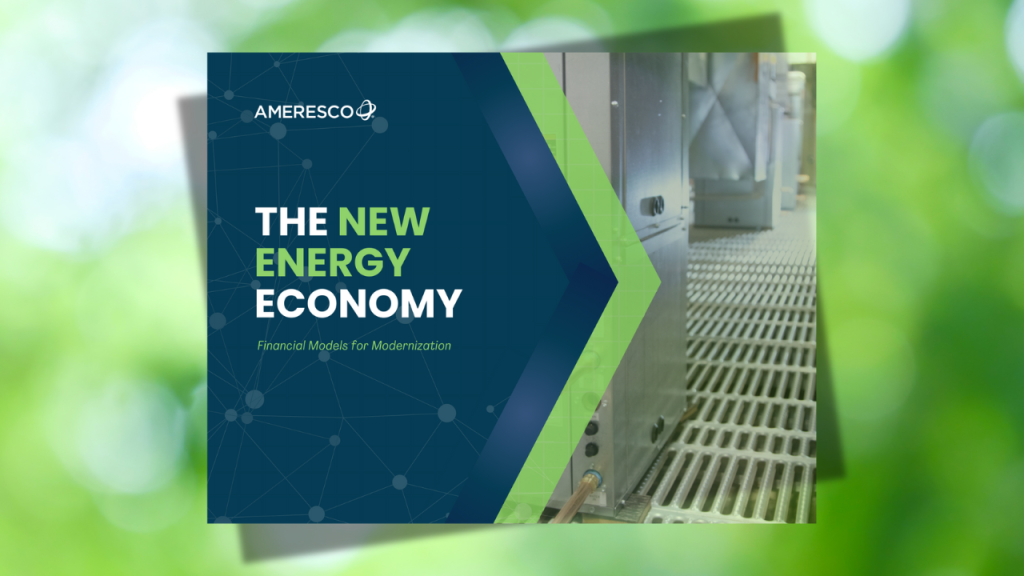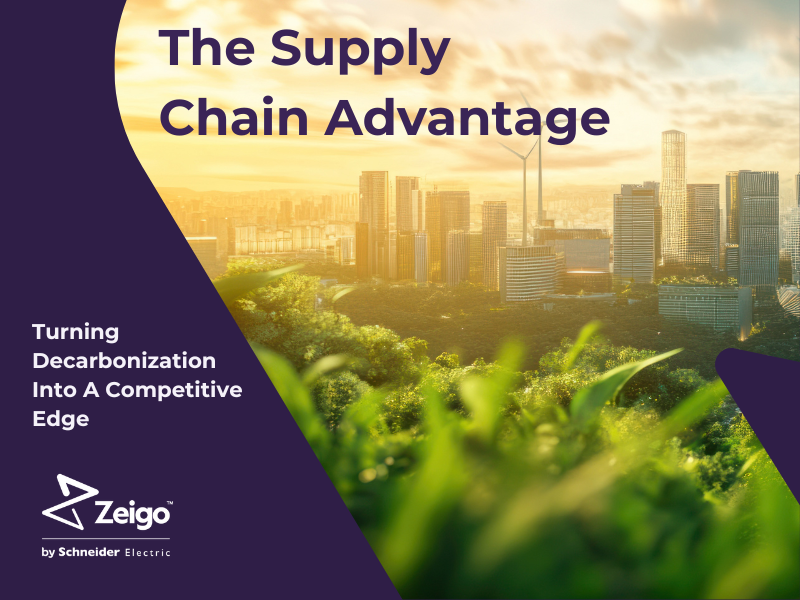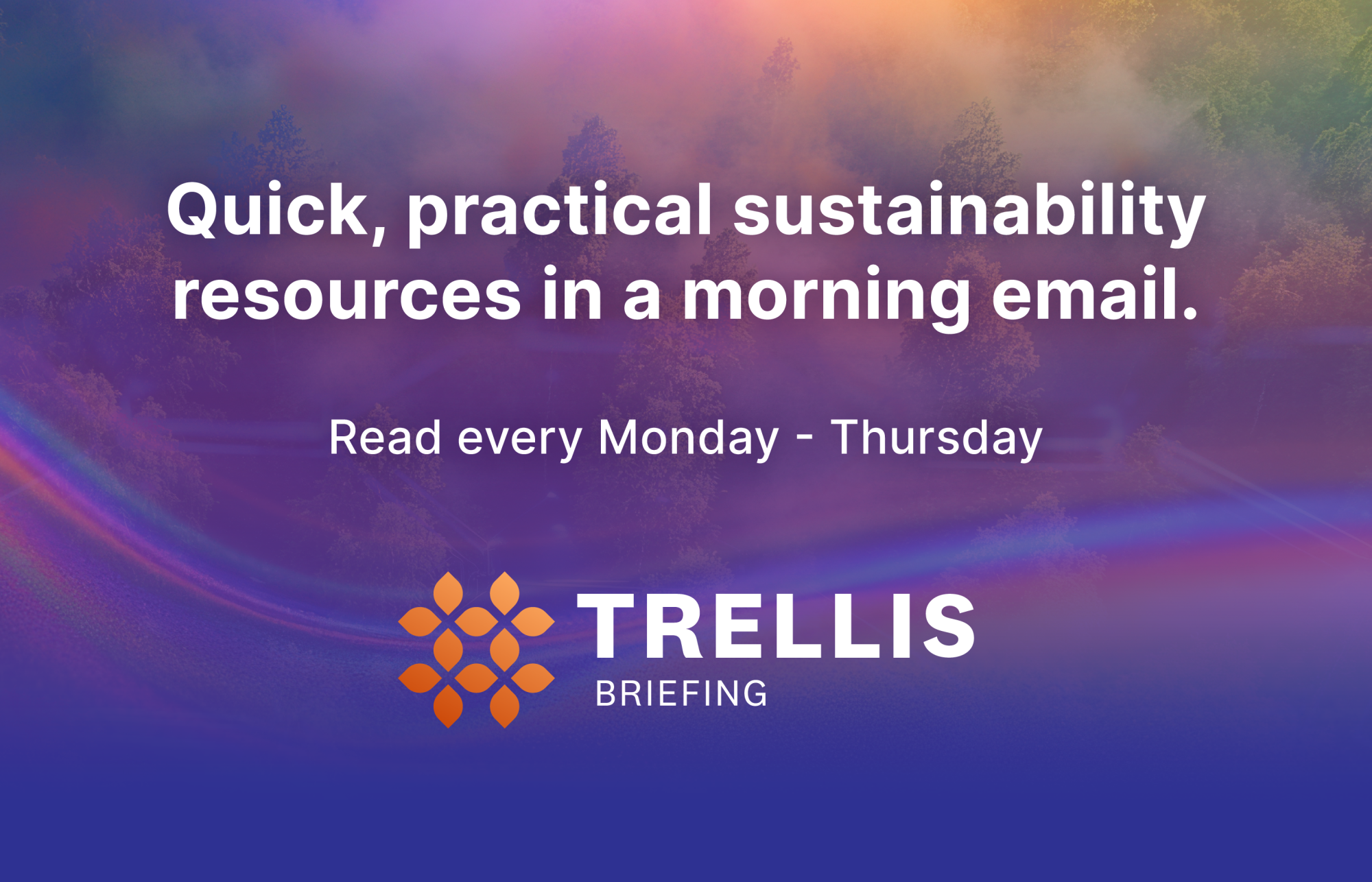Building an AI-powered utility for a net-zero future by 2040
A Q&A with Quinn Nakayama, PG&E’s Senior Director of Grid Research, Innovation and Development Read More
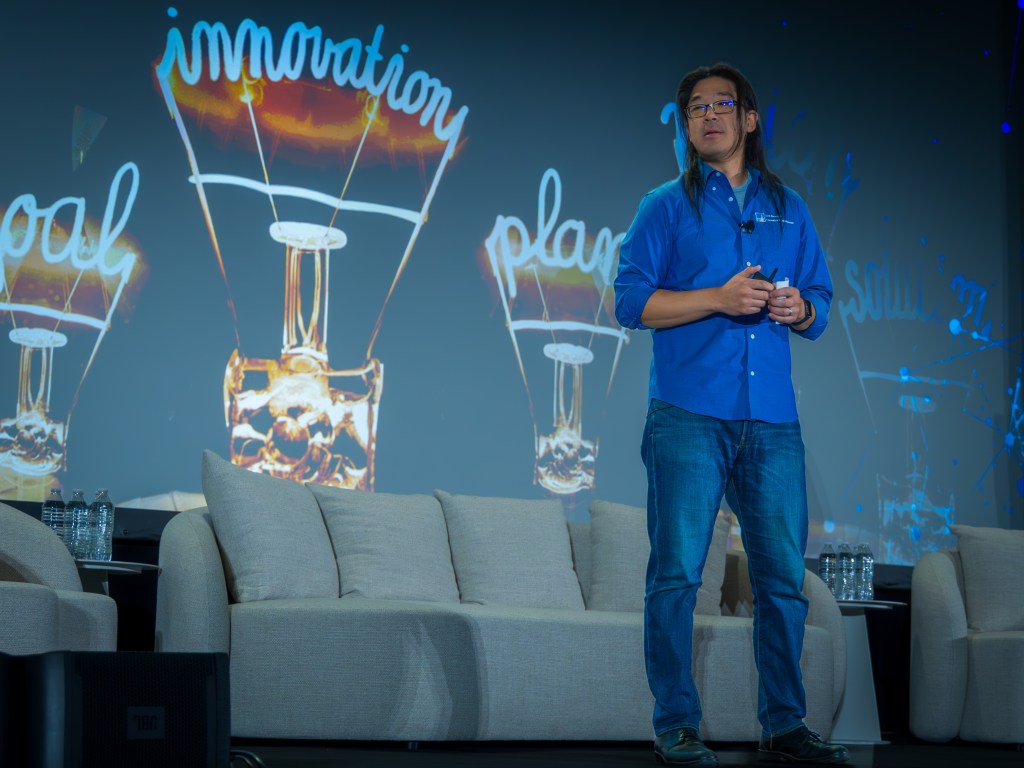
Introduction
As demand for cleaner energy and electrification increases, PG&E has set an ambitious goal: achieving a net-zero energy system by 2040 — five years ahead of California’s carbon neutrality target. To get there, PG&E is harnessing the power of artificial intelligence (AI) and collaborating closely with innovators large and small to make ever smarter investments in energy infrastructure and improvements to the customer experience.
In this Q&A, PG&E Senior Director of Grid Research, Innovation, and Development Quinn Nakayama shares his insights and highlights ideas from the “How AI Can Save the World” session at VERGE 2024 and PG&E’s Innovation Summit, where PG&E showcased its climate strategy and current projects driving forward a cleaner, more reliable energy future. The interview was edited for clarity and length.
Jump into the future and describe the net-zero energy system of 2040.
Nakayama: It’s all about electrification for transportation and buildings. For communities we serve, these are the major sources of carbon emissions today. On the road to 2040, we’ll see AI playing a pivotal role in optimizing operations and costs, freeing up dollars for investment in electricity distribution and transmission networks. AI will inform our distributed energy resource management system (DERMS) ― that’s the platform that manages distributed energy resources (DER) on our system like rooftop solar, heat pumps and electric vehicle chargers.
With small-scale energy assets, homes will be electrified, and energy draws optimized without relying solely on wires, delivering a more reliable and preferable customer experience. By 2040 — or sooner — customers won’t need to make tough decisions or think through tradeoffs between running their cars and cooling their homes. Just like high-speed internet today adapts to your needs without your noticing, energy systems of the future will “just work.”
What are you doing today to get us to net zero by 2040?
Nakayama: Today we’re tackling electrification head-on with capital investments in infrastructure and collaborations with technology partners. We’re on our second year of calls for open innovation at PG&E to help us tackle key energy challenges like making home EV charging more accessible. Many homes have outdated 100-amp panels, which can deter people from getting EV cars because upgrades can be expensive. To solve this, we just announced a partnership with smart meter provider and energy-tech company Itron, at the 2024 PG&E Innovation Summit. Itron can deploy advanced smart meters capable of managing energy loads dynamically. These meters communicate directly with EV chargers, enabling safe and efficient charging without the need for costly panel upgrades.
We’re also piloting innovative solutions to support fast-charging networks in areas where the grid isn’t fully built out. Collaborations with Schneider Electric and Microsoft have helped us use AI to predict grid capacity. This approach allows us to put our capital investments ahead of customer demand and quickly identify where to build.
How will AI improve the customer experience?
Nakayama: The next-gen smart meters will offer real-time insights to customers, empowering them to make informed decisions. For instance, if the system detects an inefficient baseboard heater, it can notify the homeowner about cost-saving upgrades, such as heat pumps, while highlighting available incentives.
The beauty of this system is its simplicity — it will push personalized insights directly to customers without overwhelming them. This kind of proactive engagement will help customers save money by using electricity efficiently, which contributes to decarbonization.
How does PG&E use AI to overcome decarbonization challenges?
Nakayama: AI helps us anticipate and remove barriers to electrification. For example, AI-driven planning can help us make infrastructure investments ahead of customer needs, making the transition to electrified homes and transportation smoother.
We’re also using AI to identify optimal locations for fast chargers and DERs, reducing unnecessary investments. It’s about being proactive — if we build capacity where it’s needed before customers demand it, we minimize delays and make way for faster adoption.
Collaboration seems central to PG&E’s strategy. How do you use collaboration to accelerate innovation?
Nakayama: Collaboration is a force multiplier, and we’re encouraging collaborative problem solving with entrepreneurs and research communities to develop and deploy technology. For example, Itron helps with smart meters and managed charging, while Schneider and Microsoft work on optimizing grid systems. And we’ve built a coalition with EV charger manufacturers like Wallbox to address shared challenges. We’re a service company at our core and these partnerships allow us to co-develop tailored solutions rather than relying on off-the-shelf technologies.
How did conversations at PG&E’s Innovation Summit influence your thinking about the road ahead?
Nakayama: So much energy came out of the summit — we gathered a lot of insights, validated our strategy and highlighted new opportunities. At the Innovation Summit, we showcased proven solutions and received valuable feedback from partners and peers on evolving ideas. One idea that came out of the Innovation Summit was around using intelligent chatbots to assist EV developers and customers with grid-related queries, streamlining processes.
Looking ahead, what excites you most about PG&E’s journey to net zero by 2040?
Nakayama: I’m excited about the evolving process of innovation itself. We’re constantly refining how we approach challenges and leverage tools like AI with partners who can help us scale rapidly. PG&E’s push to a net-zero energy system by 2040 is creating tools like smarter energy meters and systems to manage renewable energy sources. We’re creating an energy system that’s not just clean and resilient but also easy for everyone to use. Like I said at the top, I’m excited about creating access to electricity and a customer experience where everything “just works.”
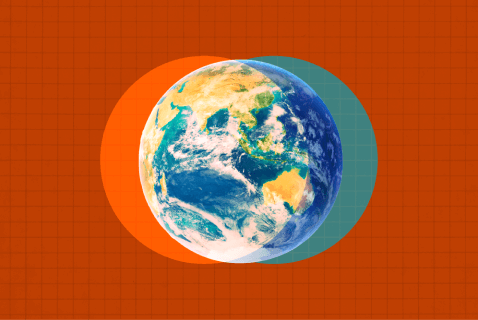
Subscribe to Trellis Briefing
Featured Reports

The Premier Event for Sustainable Business Leaders


